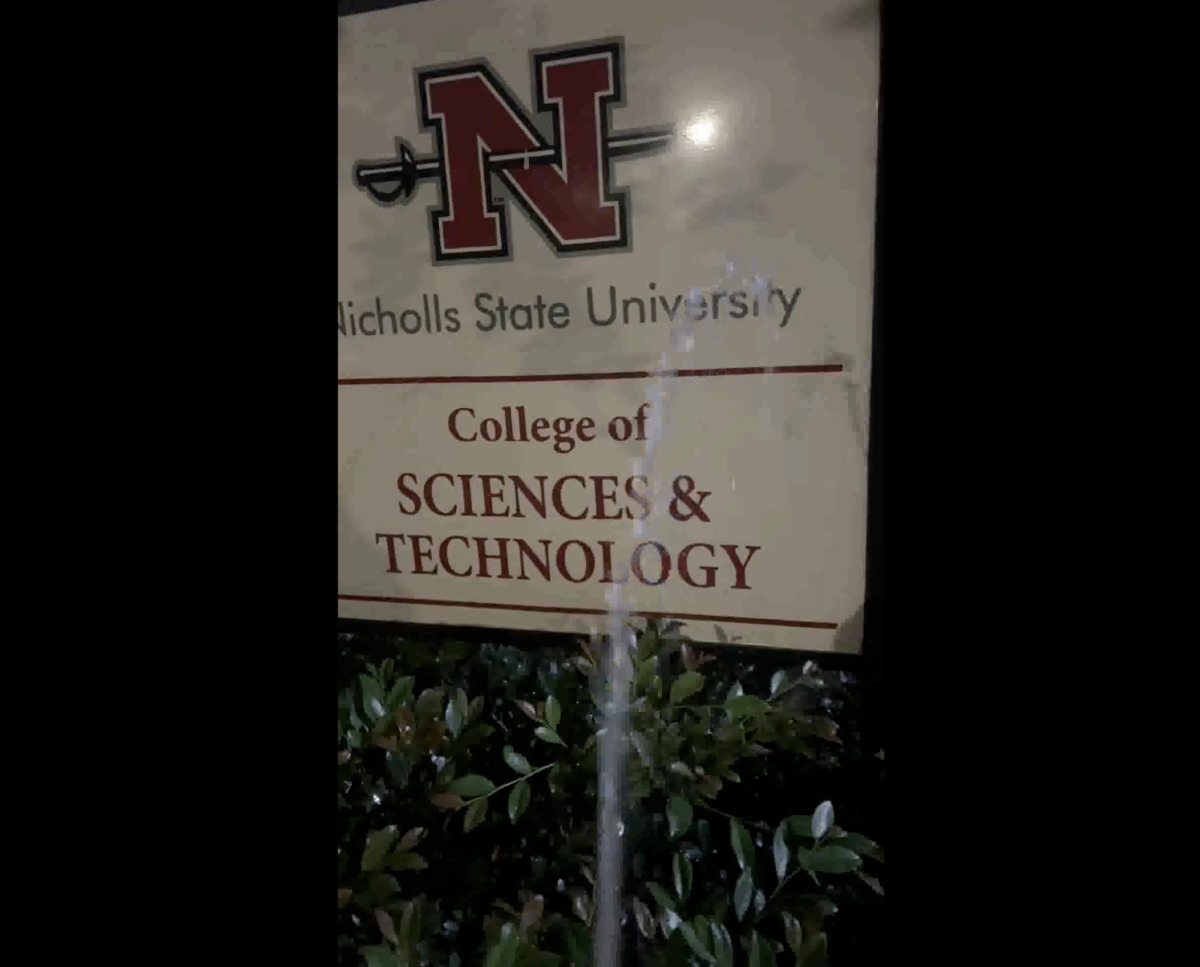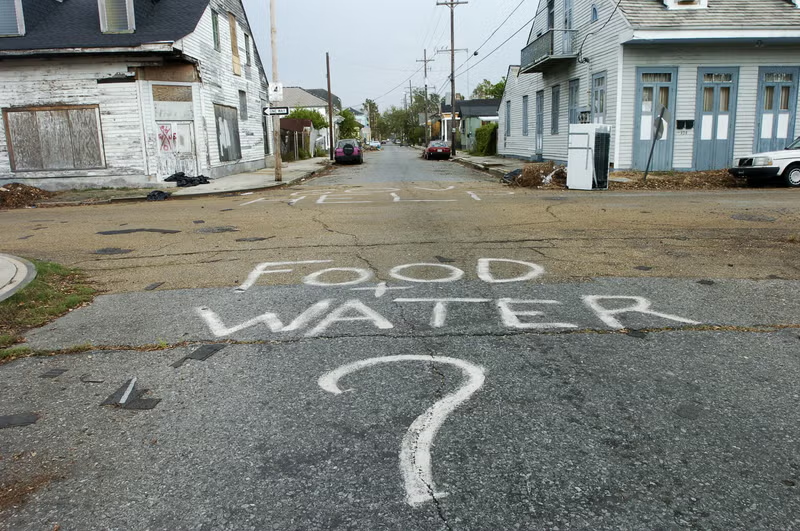Buildings explode as a wave rips through Manhattan streets. Twisters destroy Hollywood and Vine; Los Angeles is in ruins due to the alien attack. Oh, wait a minute, that was when this film was called “Independence Day.” Though there are no aliens in Roland Emmerich’s “The Day After Tomorrow,” the similarities to his earlier work are plainly evident.Magnificent in its scope and technical achievement, the film seems to pay homage to the great disaster films of the 1970s. All of the clichd elements of the genre are here: the damsel in distress, self-serving politicians, rogue scientists, daring rescues and thinly veiled environmental activism.
The film unfolds as a scientist discovers that the natural heat currents of the earth are changing. This, in turn, causes the polar ice caps to melt. As a result, weather patterns around the world are evolving and tidal waves engulf Manhattan as tornados destroy Los Angeles. I won’t begin to try to explain the science behind these events. In a popcorn flick of this magnitude it is better to suspend disbelief.
Emmerich seems to have a fetish for destroying New York City as is evident in his earlier pieces “Independence Day” and “Godzilla.” He does not disappoint here.
The ten-minute sequence involving NYC is worth the price of admission. From the sight of the Statue of Liberty being engulfed by waves to the image of a surfer riding the crest down Fifth Avenue, the screen is filled with amazing feats of computer generated imagery.
An impressive cast list made up of veterans Dennis Quaid and Ian Holm and relative newcomers Jake Gyllenhaal and Emmy Rossum bide their time here; their talents are never fully utilized as the true stars of this thriller are the effects designers at Digital Domain and Industrial Light and Magic, the effects company founded by George Lucas. The script is irrelevant and only serves to further the action sequences.
The film travels along at a nice pace for the first half until Dr. Jack Hall (Quaid) sets out on a journey, walking from Philadelphia to New York City in search of his son Sam (Gyllenhaal) who is held up in the NYC Public Library. Not only is this implausible but Quaid must also deal with the fact that the temperature is dropping at a rate of 10 degrees per hour. Someone should have informed the writer, Emmerich, of an affliction called frostbite. This sequence brings the action to a grinding halt.
Another troubling section of the film takes place in the library. The survivors held up there begin to burn the books surrounding them to stay warm, with a particular scene involving the saving of the Bible so that future generations have some sort of spiritual guidance. Someone should have reminded them that there would be countless bibles in the unoccupied hotel rooms of the world thanks to the Gideons and that a better book to save might have been “The Boy Scout’s Handbook.” Here is another idea: how about instead of burning literary classics they burn the large amounts of wood furniture contained in the library?
As I mentioned earlier, it is better to suspend disbelief and enjoy the ride. If you ignore the scientific implausibility and the political attacks, “The Day After Tomorrow” is an awe-inspiring work of technical achievement.







